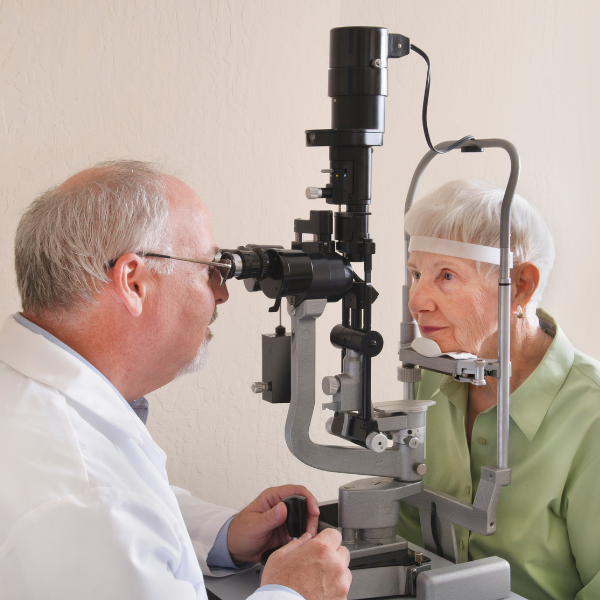Living with complex diabetes presents numerous health challenges. However, one lesser-known but equally serious complication is Peripheral Artery Disease (PAD). We’ll dive into how diabetes relates to PAD, discussing the risks, symptoms, and insights for managing this serious condition.
Understanding Peripheral Artery Disease (PAD)
Peripheral Artery Disease is a condition that narrows the arteries, reducing blood flow to the limbs. It primarily affects the legs and can lead to severe complications if left untreated. Common symptoms include leg pain while walking, numbness, and slow-healing sores.
PAD can significantly hinder mobility and, in severe cases, lead to amputation. Patients with diabetes have higher rates of major amputations than those without diabetes. Some studies show these rates are 5 to 15 times greater.
Who is at the greatest risk of developing PAD?
Diabetes and smoking are the two strongest risk factors for developing PAD. Having diabetes nearly triples your chances of getting PAD, while smoking almost doubles your risk.
How Does PAD Affect Those Living With Diabetes?
Diabetes exacerbates PAD by accelerating the narrowing of arteries. The combination of high blood sugar levels and reduced blood flow can cause severe damage to the nerves and tissues in the lower extremities.
Having diabetes is a risk factor for PAD. Among people who have diabetes, anywhere from 9% to 55% of them also have PAD. Patients with diabetes and PAD are at a heightened risk for foot ulcers, infections, and, ultimately, diabetes-related amputation.
The Risks of Diabetes and PAD
Reduced Mobility
One of the most immediate concerns for patients with diabetes and PAD is reduced mobility. The pain and discomfort caused by poor blood circulation can make walking difficult, leading to a sedentary lifestyle. This lack of movement further exacerbates the symptoms of both diabetes and PAD, creating a vicious cycle.
Potential Amputation
The most severe risk of PAD in patients living with diabetes is amputation. Poor blood flow can cause tissue to die. This may require removing the damaged areas to avoid more health problems.
Early detection and proper management are key to preventing serious problems. Every 3.5 minutes, someone loses a limb due to diabetes.
Key Symptoms to Watch For
Being vigilant about the following symptoms of PAD is essential:
- Leg pain while walking or climbing stairs
- Numbness or weakness in the legs
- Sores or wounds on the feet that heal slowly
- Coldness in the lower leg or foot
- Color changes in the skin of the legs
- Hair loss or slower hair growth on the feet and legs
- Weak or absent pulse in the legs or feet
Preventive Measures
For Patients and Caregivers
- Regular Check-ups: Visit your healthcare provider regularly for PAD screenings.
- Healthy Lifestyle: Maintain a balanced diet and exercise regularly to improve blood flow.
- Foot Care: Inspect your feet daily for any cuts, sores, or color changes. Keep them clean and dry.
- Medication Compliance: Take prescribed medications for diabetes and PAD as directed.
- Implement Remote Temperature Monitoring (RTM): RTM tracks foot temperature, which can help identify inflammation early. This is often a key indicator of potential diabetic foot ulceration.
A successful example of using RTM is Gary M., who participates in the Podimetrics SmartMat™ Program. He uses it to prevent foot problems caused by peripheral neuropathy. He developed this condition from exposure to Agent Orange during the Vietnam War. Discover his incredible story here.
For Those Serving Patients
- Early Screening: Implement regular PAD screenings for patients living with diabetes.
- Patient Education: Educate patients about the risks and symptoms of PAD.
- Multidisciplinary Approach: Collaborate with specialists in cardiology, endocrinology, and podiatry for comprehensive care.
- Innovative Monitoring: Utilize remote foot temperature monitoring programs to help identify early signs of potential complications. Podimetrics’ latest white paper, “Rethinking Adherence in Remote Foot Temperature Monitoring Programs: From Challenges to Solutions,” explores the success of using RTM for better prevention of diabetic foot complications.
More Resources to Help
Diabetes and PAD form a dangerous duo that can severely impact a patient’s quality of life. Understanding the relationship between these conditions and taking preventive measures, including regular check-ups, a healthy lifestyle, foot care, medication compliance, and remote temperature monitoring, can help manage and reduce the risks.
For more information and resources, explore our blog and download our latest white paper, “Rethinking Adherence in Remote Foot Temperature Monitoring Programs: From Challenges to Solutions.” This comprehensive paper explores how remote temperature monitoring can enhance the management of foot complications.
By staying informed and taking action, patients and healthcare providers can work together. This helps reduce the risks of diabetes and PAD, leading to a healthier future.





